It might seem bizarre that an object as mundane as a juicer should manage to conquer the covers of books and magazines, or end up on display in museums. But not if that juicer is the Juicy Salif by Philippe Starck (Paris, 1949), one of the most famous objects in design history. Designed by the famous French designer in 1988, it was launched by the Alessi company in 1990 and was an immediate success for its highly original design that attracted attention because of its alien and unconventional shape.
The story of how the juicer came into being is singular: Starck, as Donald A. Norman in his book Emotional design, quickly sketched it on the paper placemat of a pizzeria in Capraia, in the Tuscan archipelago, where the designer was on vacation. A few days later, he would send the placemat to the headquarters of Alessi, which, moreover, had commissioned a tray from him (today the placemat is kept at the Alessi Museum in Omegna). Going into detail next was Alberto Alessi, who explained the birth of Juicy Salif in the brochure that accompanied the 10th anniversary edition in 2000: "On the placemat, next to some incomprehensible sign (tomato sauce, in all likelihood), there was a series of sketches. Squid sketches. They started from the left and, as they paved their way to the right, took the unmistakable shape of what was to become the most celebrated juicer of the century that was coming to a close. It is easy to imagine what happened: while eating a plate of squid and squeezing lemon on it, our man had finally been inspired! Juicy Salif had been born, and with it some headaches for the standard bearers of the saying ’Form follows function.’"
Indeed, Juicy Salif is definitely not the most comfortable of juicers. So it was a squid that inspired Starck, although to many the shape of Juicy Salif will remind them of that of a spider, or at any rate an insect that feeds on fruit. The aluminum frame and fluid curves of the squid’s body lend elegance to the object, but certainly do not make it particularly practical. In fact, this is an object that does not include a container for collecting lemon or orange juice: one places a glass under the squid’s body, supported by three long legs (in all, Juicy Salif reaches a height of 29 centimeters), with three grommets at the base of each of them to ensure stability while performing the operation, and the juice will flow down its grooves. It is indeed necessary to place the citrus in the top of the juicer, that is, in the head of the insect, pressing it gently to insert it into the opening. The necessary pressure is then exerted to extract the juice that will run down the squid to fill the glass, ready to be served or used for recipe preparation. However, the lack of a container is not the only flaw when considering practical use: it lacks a filter to prevent seeds from falling into the glass, it must be washed immediately otherwise juice residue will begin to drip onto the surface on which it is placed, and it is unstable.
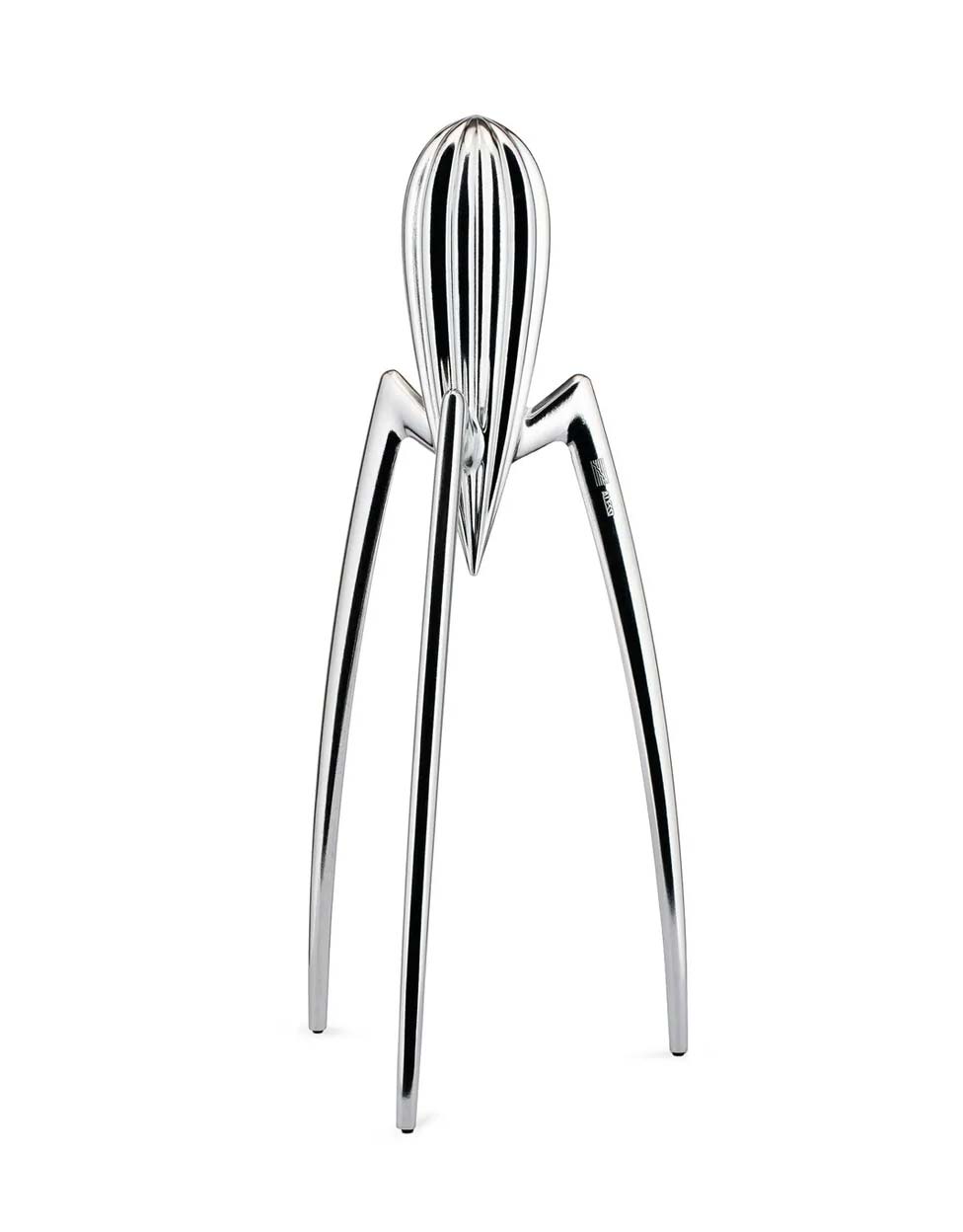
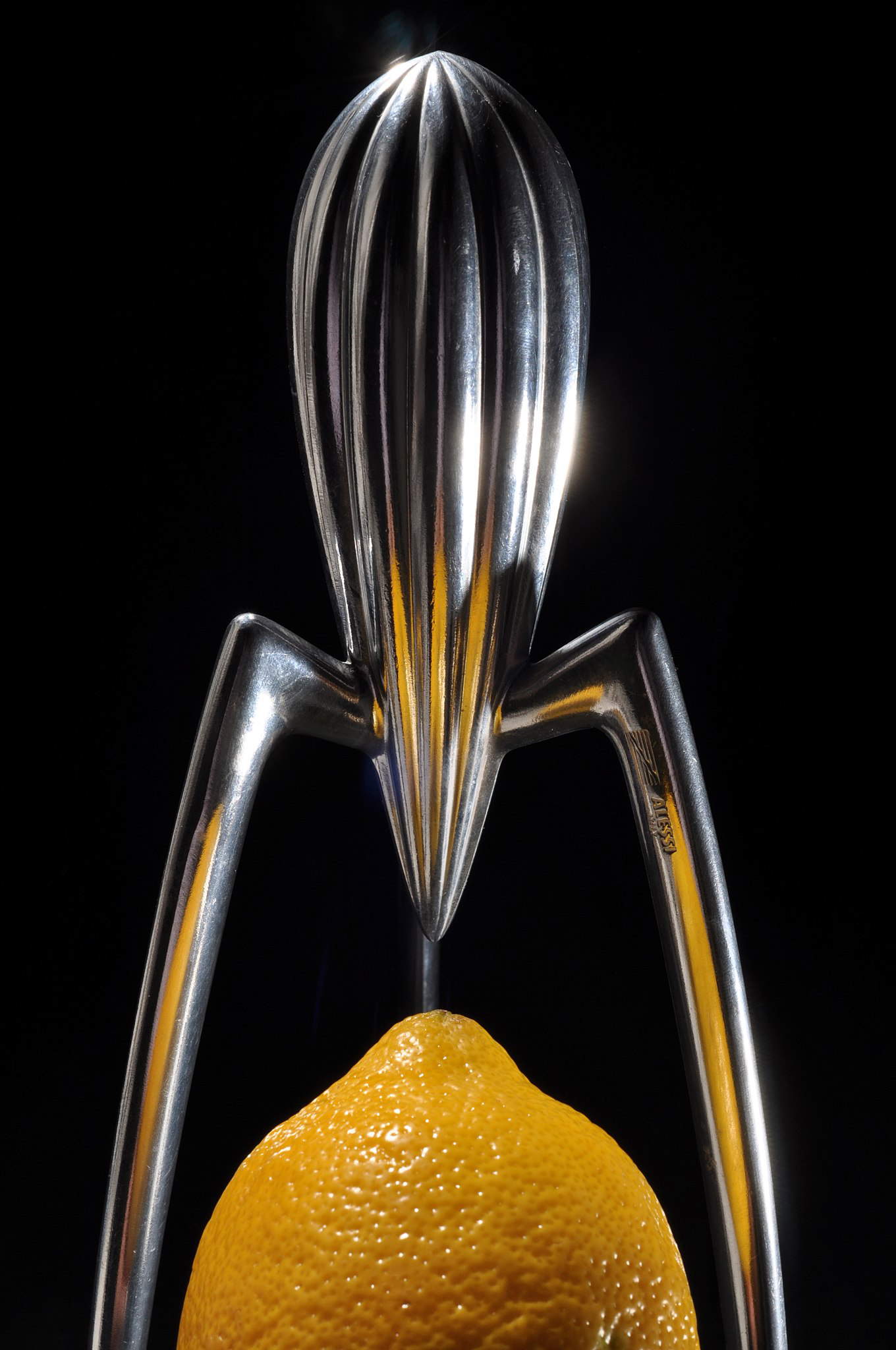
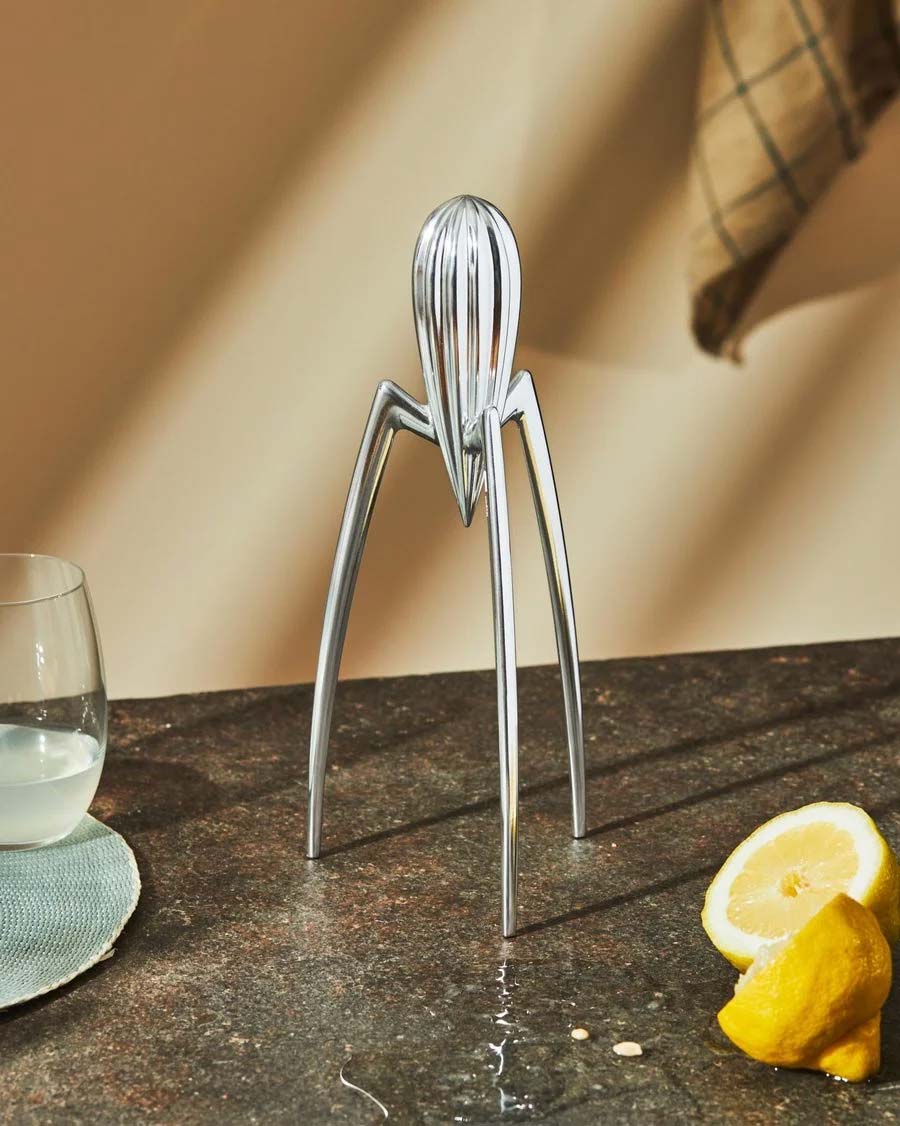
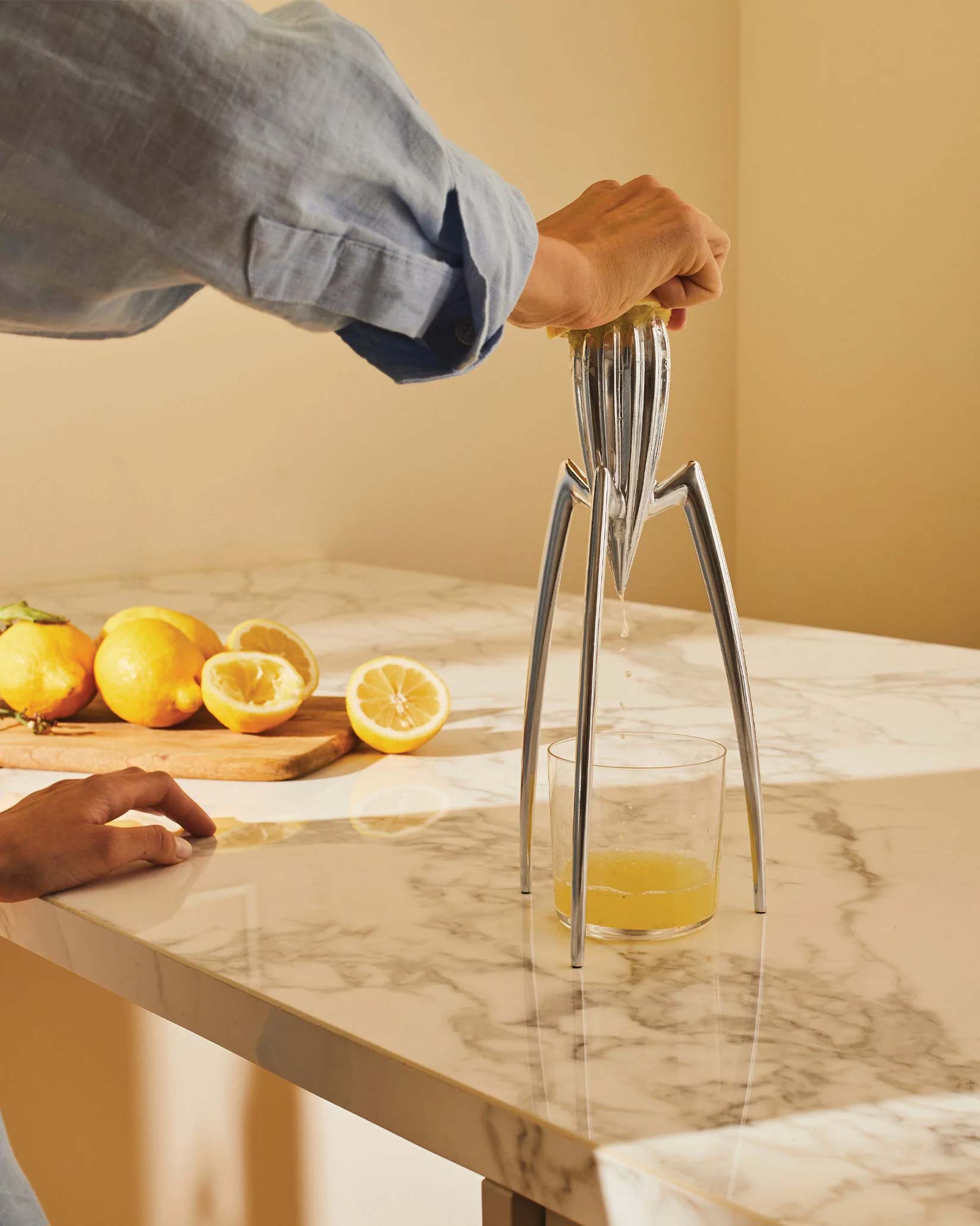
Yet in spite of this, it gained instant international celebrity. Juicy Salif was in fact designed not only to last and to be a more or less practical tool for extracting juice from oranges or lemons, but Starck envisioned it precisely to make it a true piece of art to be displayed in the kitchen. What decreed its success was precisely its seductive shape, so different from any other juicer produced before: at first glance that bizarre object would almost not look like something so common in our homes. And one is therefore surprised when one learns what it is. It seems, moreover, that Starck expressly said that his juicer “is not made to squeeze lemons, it is made to start conversations.”
So, the first reason for success is its breaking all convention. But not only that. Two interaction design scholars, Julie Khaslavsky and Nathan Shedroff, devoted ample space in their 1999 paper to an analysis of Juicy Salif to understand precisely why it has become an icon. In addition to being unconventional, and in addition to prompting the buyer to buy not so much the object itself, but the values and story behind the object(a fundamental motivation that often underlies the purchase of a design object: in fact, the owner likes to share his or her story), it is a utensil that moves to curiosity because of its unusual shape. Then, it turns an everyday, habitual act into a special experience because of its innovative approach. In short, it makes an ordinary action extraordinary. Then, say Khaslavsky and Shedroff, while "it does not necessarily teach the user anything new about juicing or juicing, the lesson of Juicy Salif is actually that even the common objects of life can prove interesting and that design can enhance existence. The juicer also teaches us to expect to feel wonder even in unexpected situations, all positive feelings about the future."
Philippe Starck’sJuicy Salif is thus a true cult object that combines form, materials (die-cast aluminum with polished effect) and function in a unique way. Its extravagant and eye-catching design makes it a unique piece for any kitchen, while its high-quality construction makes it a durable tool. Maybe, admittedly, not quite perfect for squeezing citrus. Suffice it to say that Alessi, for its 10-year anniversary edition, produced a limited-edition (ten thousand pieces), gold-plated version of Juicy Salif , yet advised against using it...to squeeze citrus, otherwise the acid from the juice would ruin the precious metal.
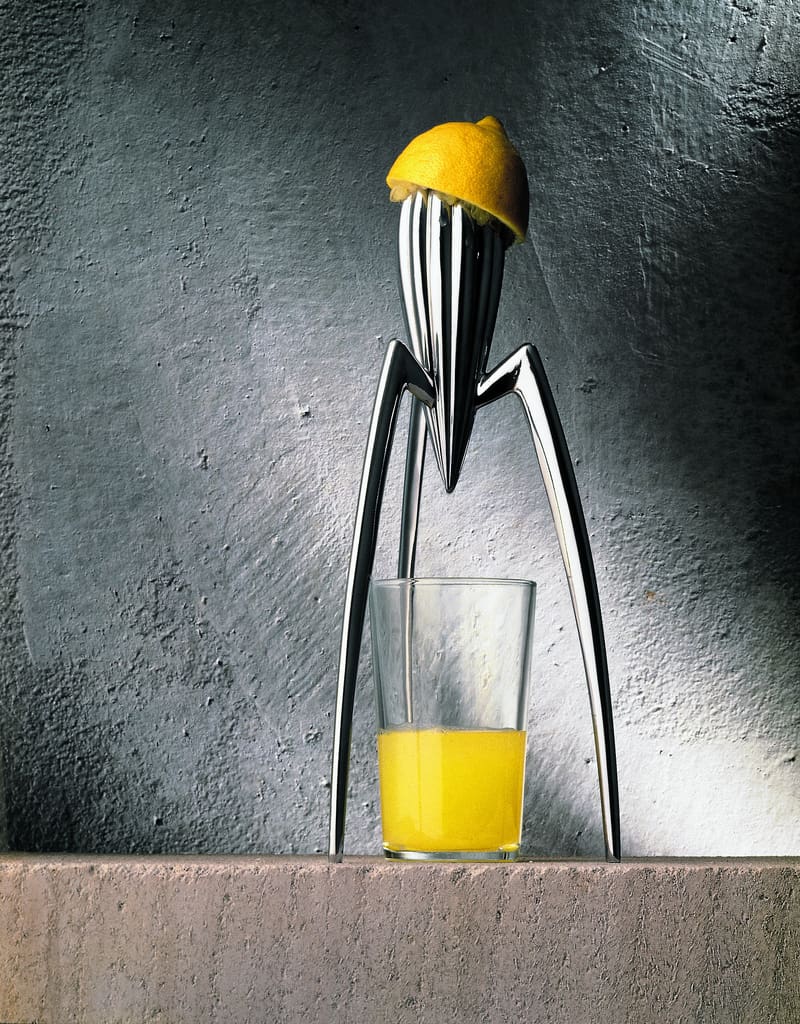
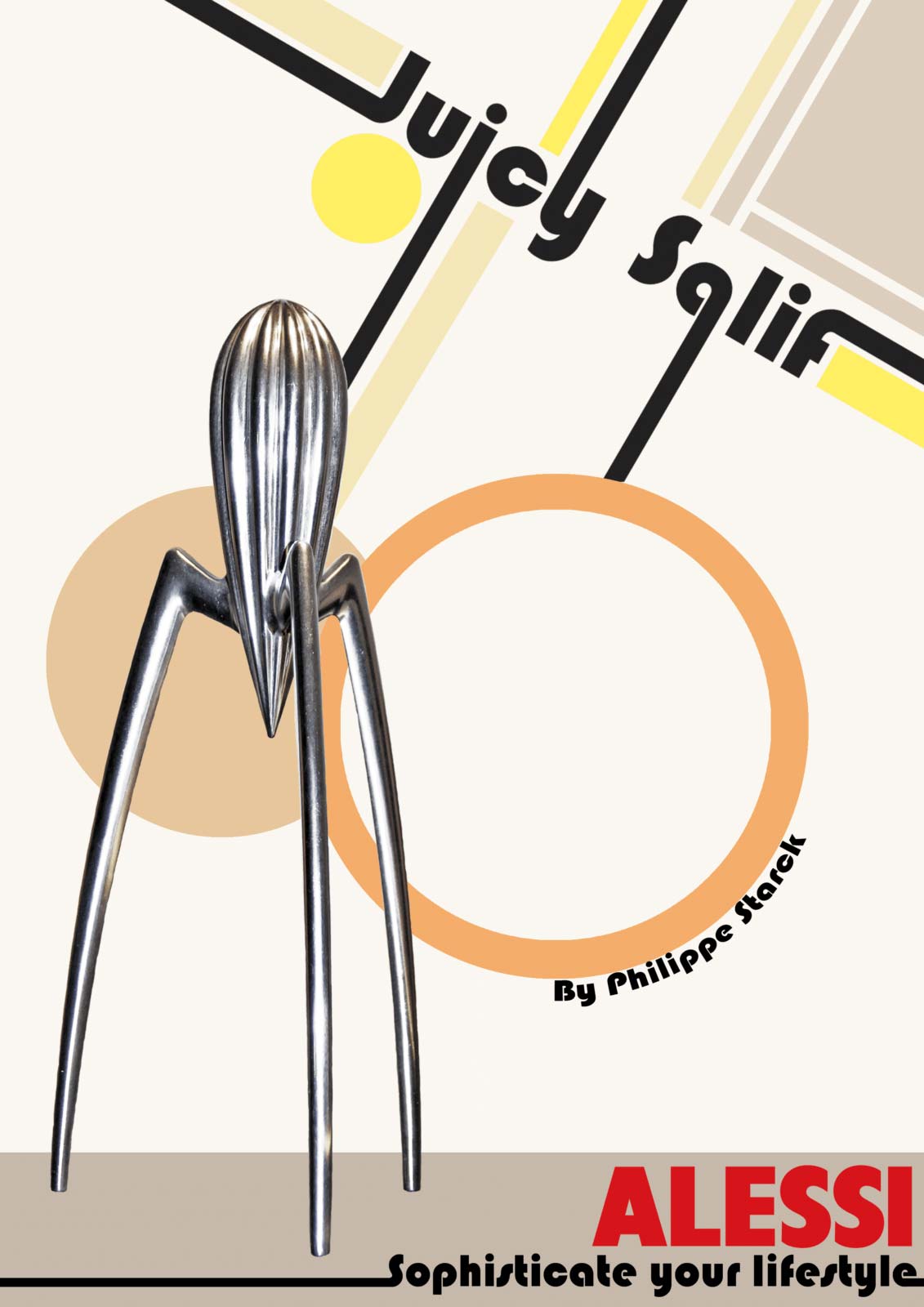
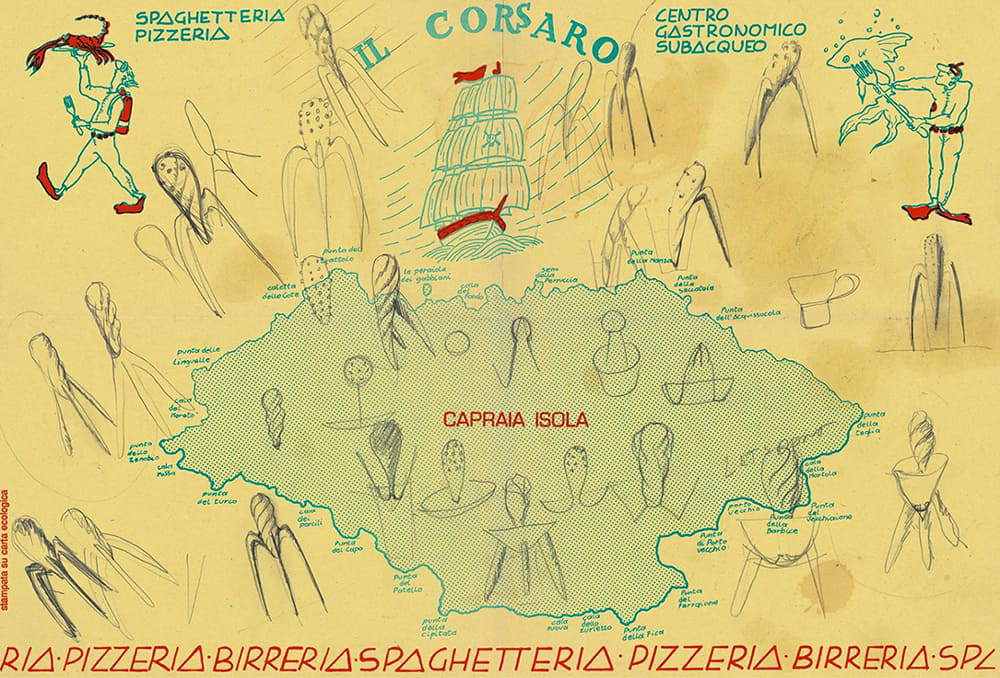 The
The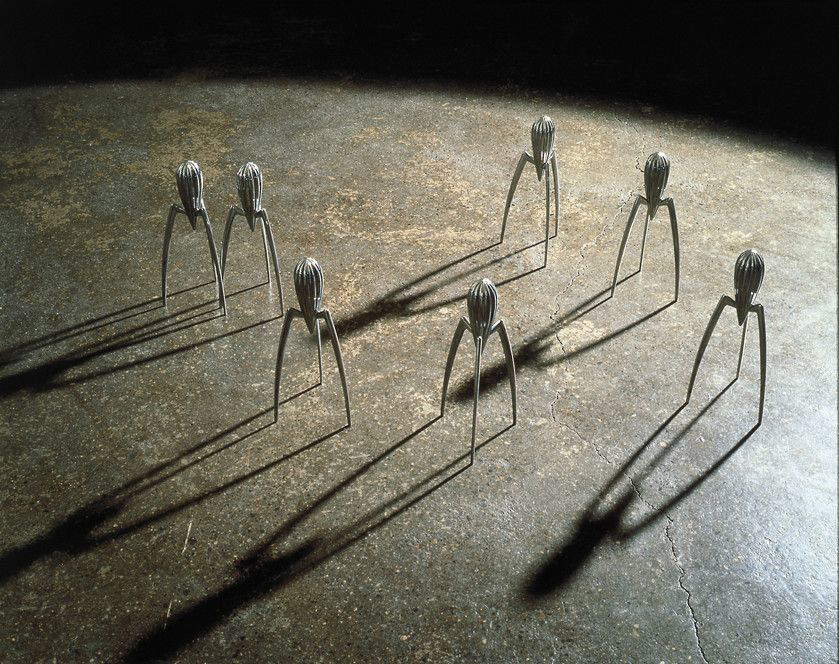
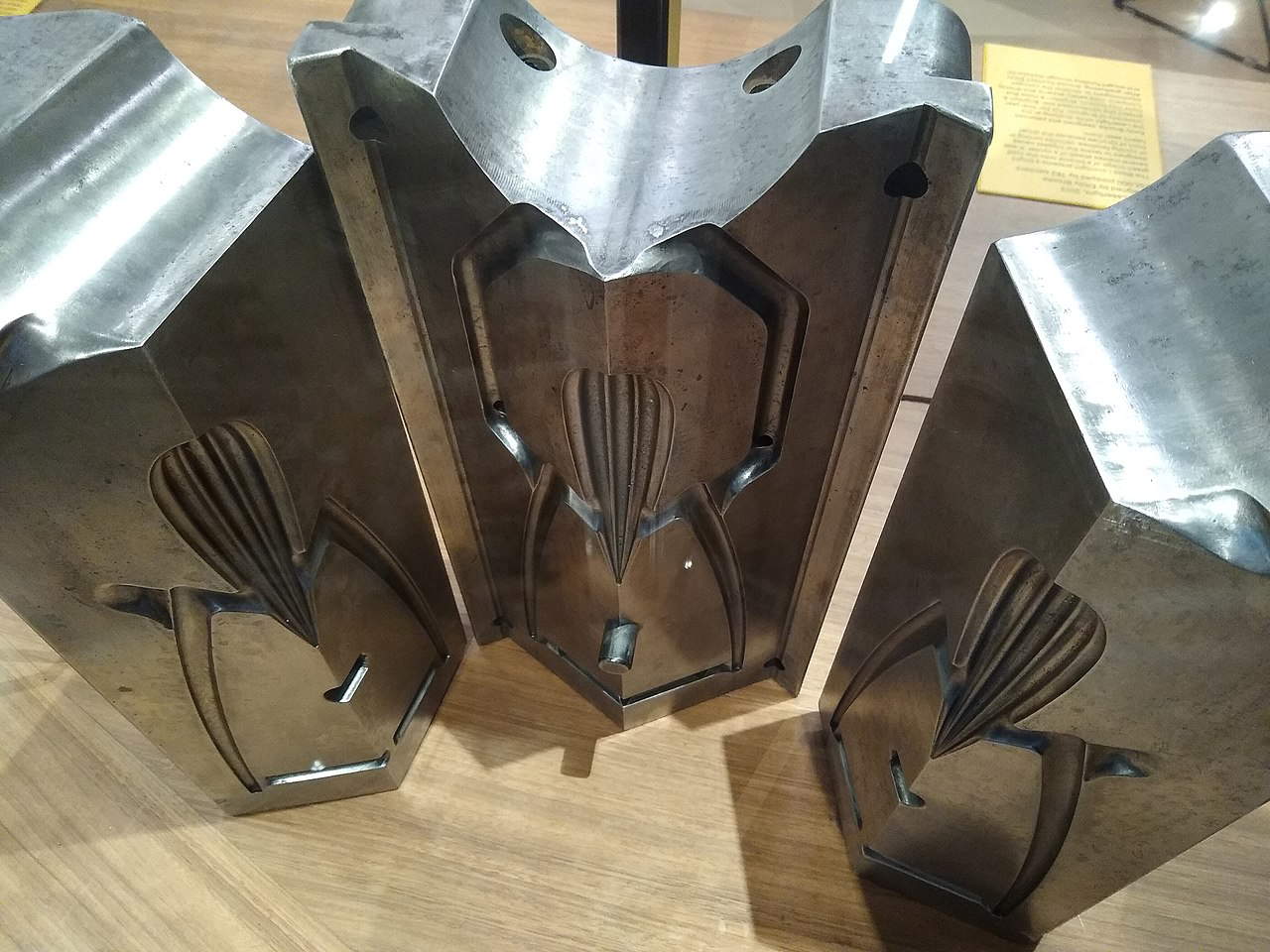 The
TheIndeed, it is not exactly an example of efficiency, and for that it has also attracted criticism. Valerio Sacchetti, for example, calls it a “non-functional design icon,” “practically useless as a juicer,” so much so that “more than one person confessed to buying it as a small domestic sculpture, perfectly aware that they could not use it otherwise.” It has since been included in countless bad design rankings. But despite this, it is an object that continues to exert a great deal of fascination.
Not least because of its low price: the original version, the cult for design lovers, costs 75 euros. Philippe Starck’s Juicy Salif is produced and distributed by the Italian design house Alessi, so you can buy it at Alessi stores, design stores, homeware stores, and authorized retailers. In addition, you can buy it online through Alessi’s official website or through e-commerce sites. However, there are also decidedly more expensive editions, such as the 10-year anniversary edition mentioned above, or the 25-year anniversary edition (a bronze die-cast, in a limited run of 299 pieces, and an aluminum one with matte white ceramic coatings, retailing for several hundred euros). Of course, one should always verify the authenticity of the product before making a purchase, and always buy from authorized dealers to be assured of the quality and originality of the product.
It took all the visionary intuition of Alberto Alessi to win the challenge of putting on the market such an eccentric object as Philippe Starck’s juicer. And he was right. Later, Alessi would call Juicy Salif, in a video interview with Dezeen magazine, “a big joke on everyone.” Yet at the same time, he also considered it “the most controversial juicer of the century,” the funniest project of his career, as well as a milestone in design history, because from Juicy Salif onward the increased the tendency to produce objects that “contradict function vis-Ã -vis expression,” as Alessi puts it, claiming that Philippe Starck’s juicer was the first object to embody this design idea. “It is an object that has to do with what semiologists call the ’decorative veil.’ It is the space, which has always existed in human life, between function and the result of the object that is supposed to serve that function: there has never been a full complementarity between these two elements, but there has always been a space, even a small one. In this case, deliberately, Philippe deliberately exploded this small space.” And Juicy Salif is the result of this deflagration.
Warning: the translation into English of the original Italian article was created using automatic tools. We undertake to review all articles, but we do not guarantee the total absence of inaccuracies in the translation due to the program. You can find the original by clicking on the ITA button. If you find any mistake,please contact us.